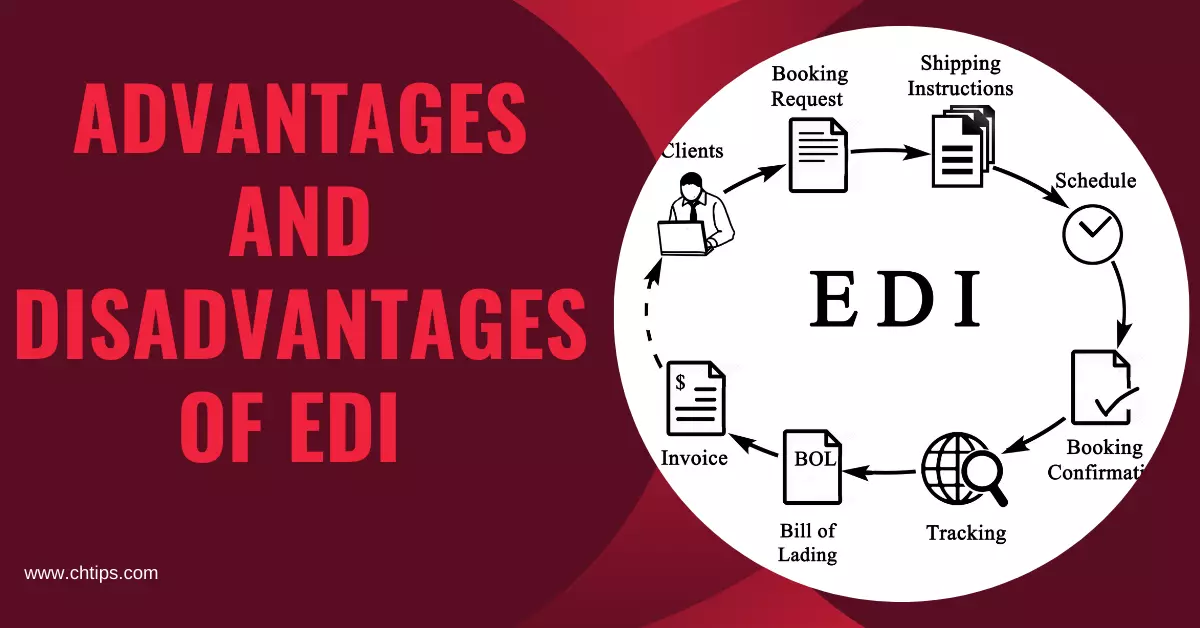
Electronic Data Interchange (EDI) offers several advantages and disadvantages, which can significantly impact business operations and data exchange between trading partners:
Efficiency: EDI enables the rapid exchange of business documents electronically, reducing processing time. It automates routine tasks, leading to quicker transactions and improved efficiency.
Cost Savings: By eliminating manual data entry, paperwork, and associated labor costs, businesses can achieve significant cost savings. This also reduces errors and associated costs.
Accuracy: As EDI minimizes manual data entry, it helps decrease errors and improves data accuracy. This accuracy contributes to smoother business operations and fewer discrepancies.
Faster Transactions: Speed is a significant advantage of EDI. It expedites the exchange of documents, reducing cycle times and enhancing the overall speed of transactions.
Improved Supply Chain Management: EDI streamlines the supply chain by facilitating the seamless exchange of information between partners. This results in better inventory management and forecasting.
Enhanced Security: EDI protocols often include encryption and secure methods for data transmission, ensuring the security and privacy of exchanged information.
Implementation Costs: Setting up an EDI system can be expensive, especially for smaller businesses. It requires investment in software, hardware, and training.
Complexity: Implementing and maintaining an EDI system can be complex. It often involves compliance with various standards and requires ongoing support and maintenance.
Interoperability Issues: Different trading partners might use different EDI standards or versions, leading to compatibility issues. Ensuring seamless communication across various platforms can be a challenge.
Dependency on Technology: Any technical issues, such as system downtime or software failures, can disrupt the exchange of critical business data.
Resistance to Change: Resistance or lack of willingness to adopt new technology can pose challenges in implementing EDI. Some trading partners may prefer traditional methods.
Lack of Flexibility: EDI standards might not be adaptable to changes or specific requirements, which can limit customization.
In summary, while EDI provides numerous benefits, such as increased efficiency, cost savings, and improved accuracy, its implementation and ongoing maintenance can be complex and costly. Compatibility issues and reliance on technology are also potential drawbacks that organizations need to consider.
Thank you.
